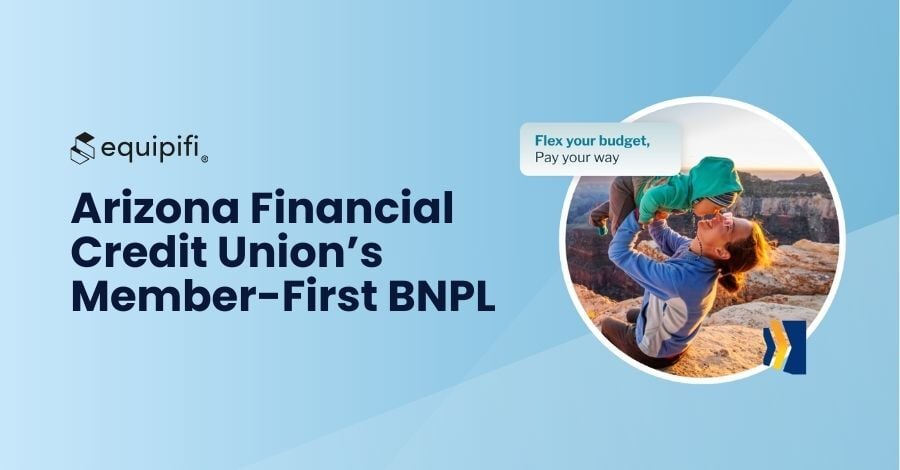Buy Now, Pay Later (BNPL) has been in the news, and in 2022 it’s riding the debit rails. I was a speaker at the American Banker Payments Forum for a panel on the current state of BNPL, and have been thinking about this ever since.
With the growing consumer desire for flexible financing, concerns regarding inflation, and the uncertainty of the US economy, cardholders are turning to BNPL for financing their purchases instead of relying on traditional credit cards. In fact, 81 percent of American consumers are feeling the effects of current inflation on their buying power and 69 percent of Americans have already expressed the desire to turn to BNPL for necessities.
So with 68 percent of consumers currently using debit cards, how can financial institutions be key participants in this next evolution of BNPL?
Discretionary spending is taking to the debit rails via BNPL
Banks and credit unions are seeing more BNPL activity than in previous years and less credit card usage. BNPL is expected to surge to 59.3 million users in 2022. In the past, consumers would lean on credit cards to increase their purchasing power, today’s cardholders are turning to BNPL as their preferred financing solution. 56 percent of consumers would rather use BNPL than a credit card - 45 percent of users feel that BNPL payments are easier to manage, and 44 percent state that it is more flexible.
But here’s what is important for financial institutions (FI) to remember: Consumers using BNPL today from third-party fintechs are also debit cardholders with their trusted financial institutions. That means when these cardholders are at check out they are actually choosing between engaging with their FI or moving on to a third-party fintech.
So how are FIs uniquely positioned to lead the future of BNPL?
One of the biggest concerns of BNPL - like any traditional lending product - is how to protect consumers from overborrowing. What makes FIs more attuned to protecting their cardholders? While the big names in BNPL make lending decisions using traditional loan applications, credit scores, and metadata, they don’t have the ability to consider the true financial health of the BNPL user. This is not the case for FIs. They have deep relationships with their cardholders and a record of financial health that sees far beyond legacy credit data.
Our trusted FIs have the ability to underwrite and offer BNPL terms based on direct deposit activity, account balances, payment history, debit usage, and more. Cardholders are able to conveniently manage their BNPL plans all within their FI’s mobile application; which means the stress of managing disparate applications from third party providers is diminished. Cardholders aren’t looking for another credit card. They want transparency, flexibility, and a solution that will help them finance their purchases without going into more murky debt. FIs can even leverage BNPL and their unique underwriting capabilities to help members recover from and avoid predatory lending debt. Younger consumers like Millennials and Gen Zs are nearly twice as likely to use BNPL due to rising prices, making the presence of this payment option from FIs even more imperative.
BNPL by financial institutions is here to stay
The desire for financial flexibility isn’t going away, and BNPL is here to stay - it's just taking on an identity that better serves those that need it most - the American consumer. The debit cardholder, the parent, the college student, and the sole proprietor that trust their financial institutions to provide them with more flexibility without sacrificing their financial health.




SHARE